Kitchen Island With Chairs: 15 Reasons Why You Need One
When taking on the task of utilizing space, a kitchen island with …
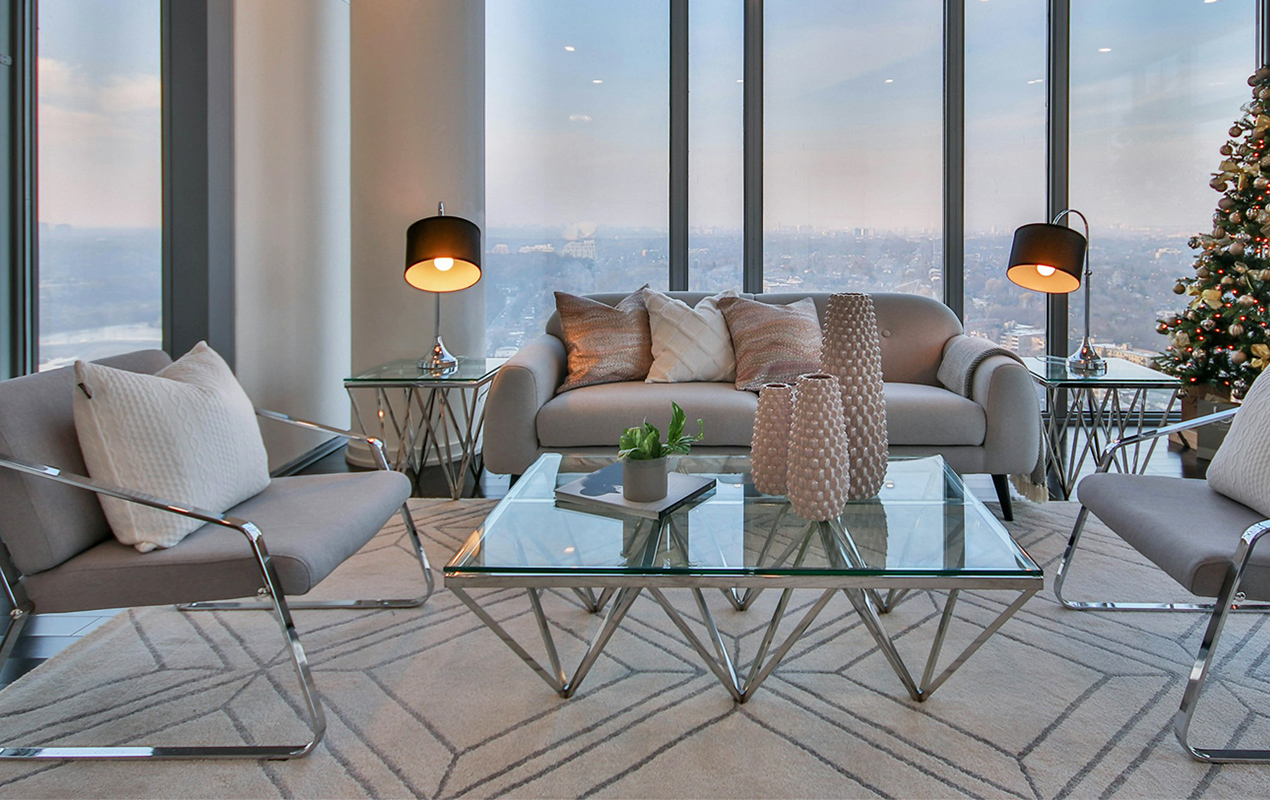
Nod along if you’ve ever had a mini heart attack when someone put a hot coffee mug directly on your glass coffee table without a coaster. Yeah, us too. You see, it’s not just about dusting and polishing; there’s a hidden world of potential hazards lurking in your living room, ready to pounce on that pristine surface. It’s not always obvious – a steaming mug of coffee, a weighty art book, or even a seemingly harmless splash of water can turn from friend to foe in an instant.
So, let’s pull back the curtain and shine a light on these undercover culprits. Let’s talk about the five things you should absolutely avoid putting on your glass table, not just to prevent the obvious scratches and cracks, but also to preserve that subtle sparkle. In this post, we’re uncovering the five surprising culprits that wreak havoc. But by understanding these hidden dangers, you can proactively protect your table, ensuring it remains a vivid centerpiece in your home.
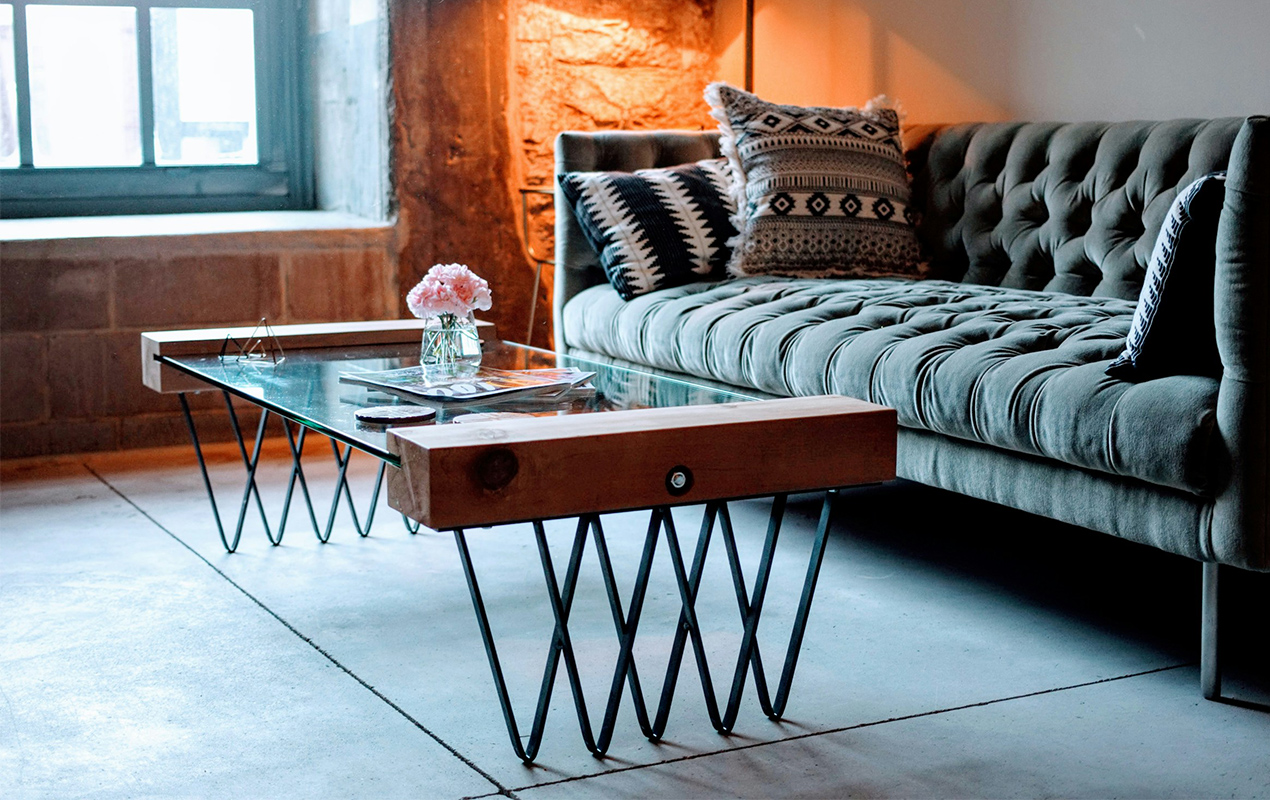
Photo by Meg Jenson from Unsplash
We’ve all been there: that moment when someone nonchalantly places a hefty vase or a stack of coffee table books directly onto your glass table. Your heart skips a beat, visions of cracks and shattered glass flashing before your eyes. And for good reason.
Glass, while visually compelling, isn’t known for its load-bearing capacity. Excessive weight can put immense strain on its structure, leading to micro-fractures that weaken the material over time. Even if your table doesn’t shatter immediately, these invisible cracks can compromise its solidity, making it susceptible to future damage from even minor impacts.
So, what are the heavy hitters to watch out for? Oversized vases filled with water or decorative stones, stacks of books that rival a small library, and bulky sculptures can all pose a significant risk. Even seemingly harmless items like large serving platters laden with food can add up to a surprising amount of weight, especially if concentrated in one area.
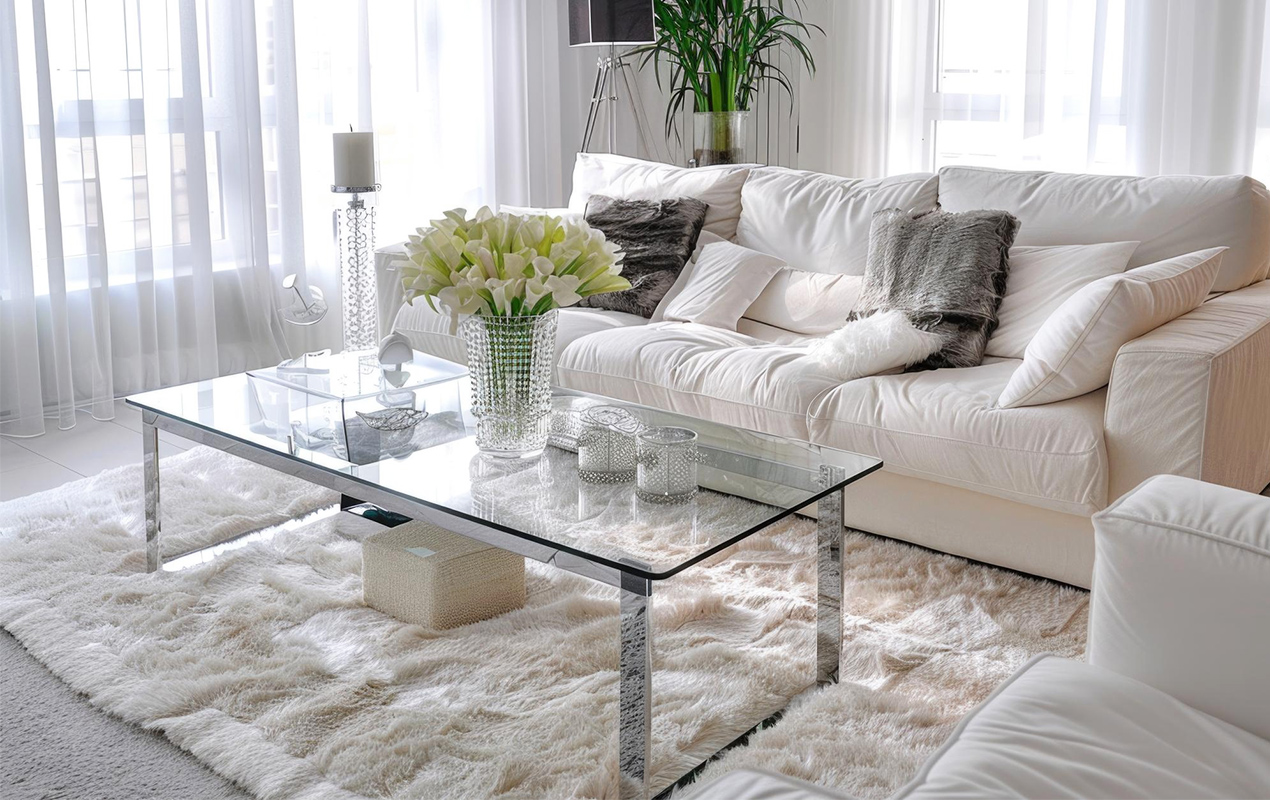
Photo by Vladimirpolikarpov from Freepik
But fear not, design enthusiasts! You don’t have to sacrifice style for safety. Opt for lightweight decorative pieces like subtle figurines, airy floral arrangements, or sleek candle holders. If you must display heavier items, distribute the weight evenly across the table’s surface, using placemats or trivets to further disperse the pressure. And remember, when in doubt, err on the side of caution and choose a smaller, lighter option.
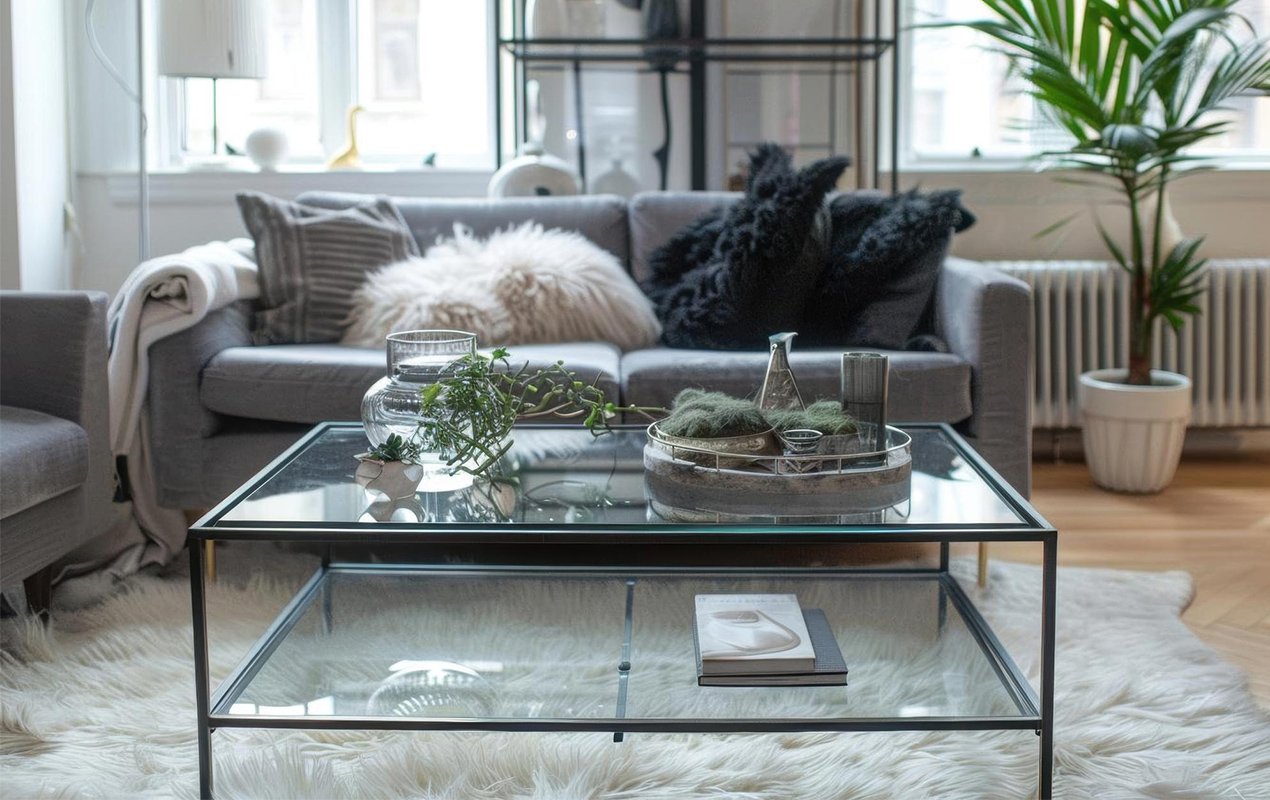
Photo by Madhanajah from Freepik
We all love a good DIY project or a spontaneous game night, but when considering a glass coffee table, these activities can turn into a battle against unseen enemies. Sharp objects, even those we handle daily without a second thought, can leave lasting marks on your surface.
We’ve all had those flashbacks or visions of the future… A momentary lapse in attention, a misplaced key, or an enthusiastic child’s toy car, and suddenly, your spotless surface bears the mark of an unwelcome encounter. Sharp objects, even seemingly harmless ones, can be a source of frustration, distorting your table’s finish.
While glass is remarkably strong in many ways, it’s surprisingly vulnerable to scratches and chips. Even the tiniest nick can catch the light at the wrong angle, casting a shadow over your decorative setup. Over time, these minor imperfections can accumulate, dulling the table’s shine and diminishing its overall appeal.
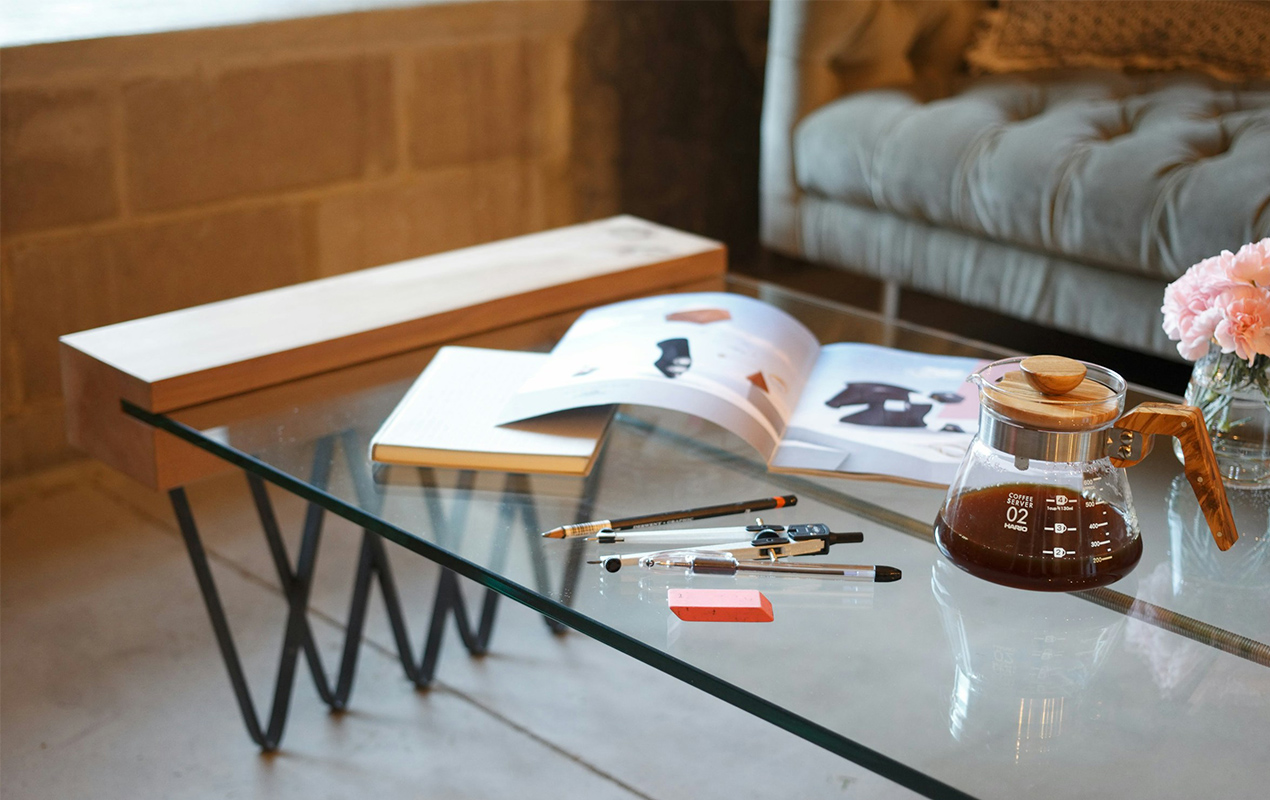
Photo by Meg Jenson from Unsplash
The good news is, preventing these unsightly blemishes is simple. A few strategic additions to your decor can act as a protective barrier between your table and the sharp everyday objects.
It’s fair to say that a cozy night in with a home-cooked meal or a freshly baked treat is something we all love and desire. But the reality is, those steaming dishes and hot pots can pose a hidden threat. It’s not just about potential burns or spills – the culprit? Thermal shock – an often-underestimated spectacle that can cause even the sturdiest glass table to crack or shatter.
Think of your glass table like a sunbather on a hot summer day. When exposed to intense heat, it expands. Now imagine plunging that sunbather into an icy pool – the sudden contraction can cause shock and even injury. The same principle applies to glass. When a hot object is placed directly on its cool surface, the rapid temperature change produces stress, potentially leading to cracks or even a complete breakage.
Thermal shock might be invisible, but its consequences are very real. By taking a few simple precautions and using protective barriers, you can safeguard your table from the damaging effects of heat.
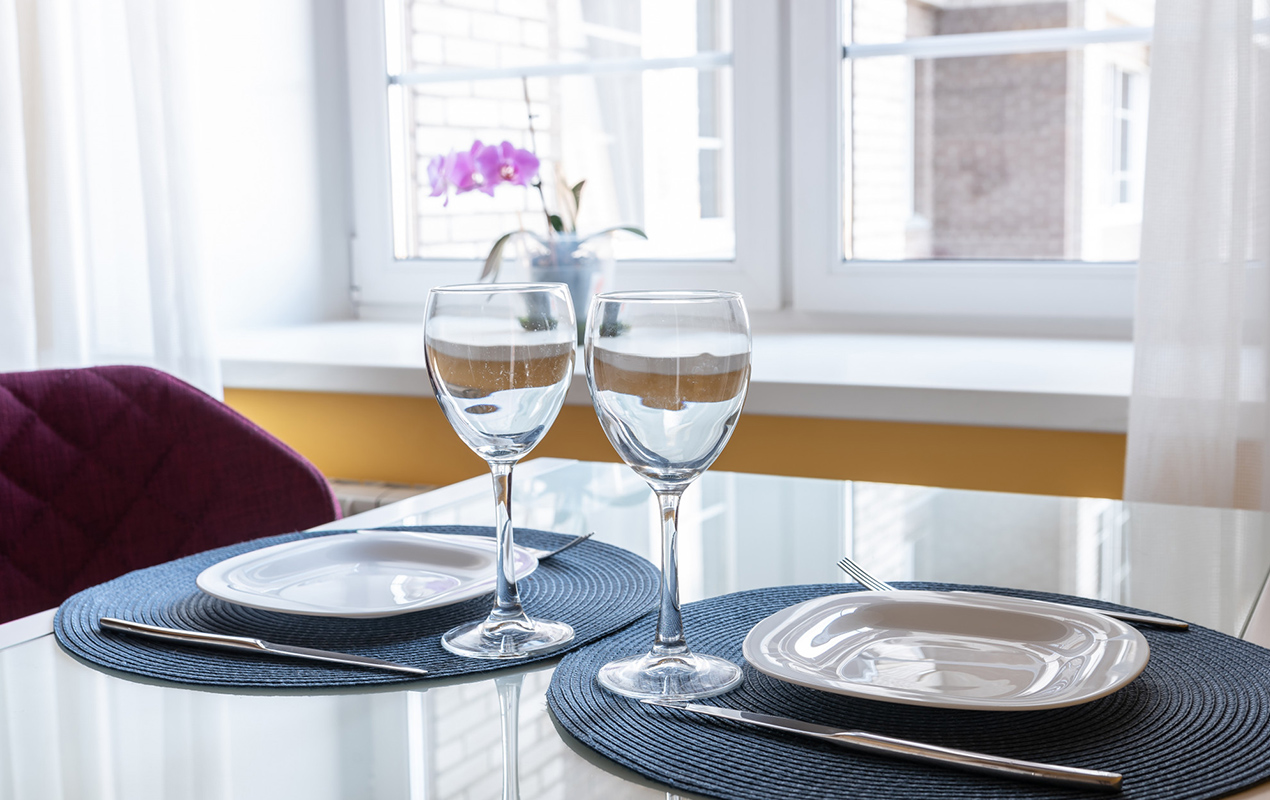
Photo by Evgeniyashihaleeva from Freepik